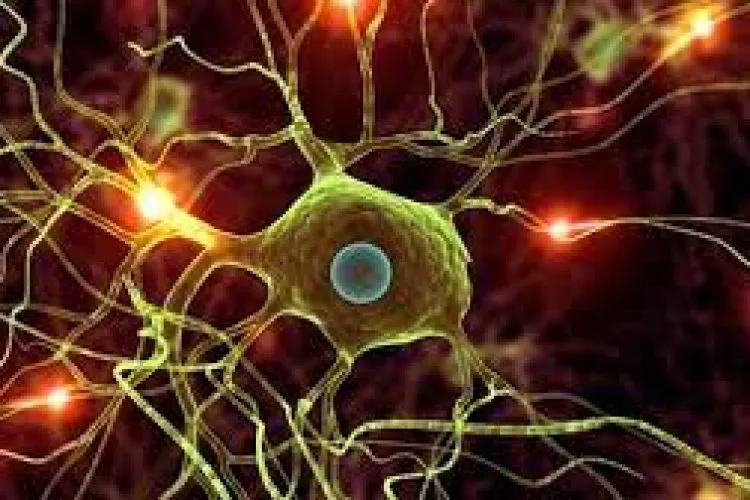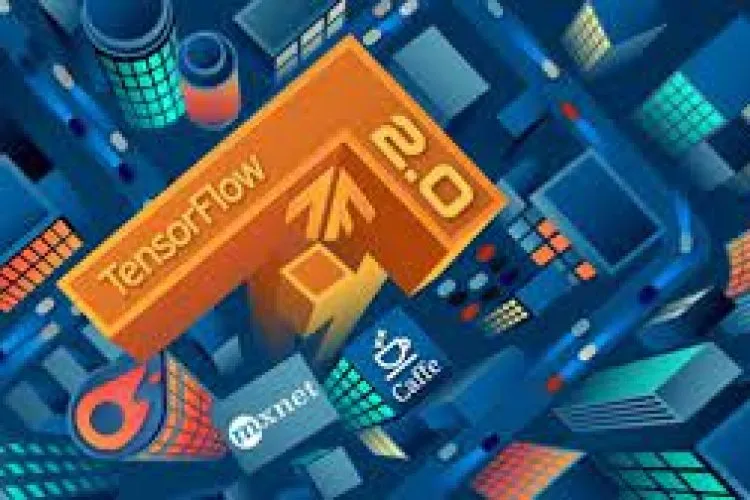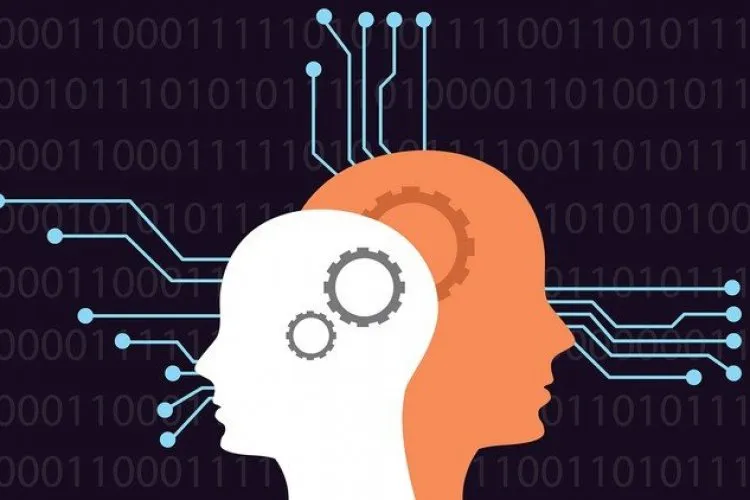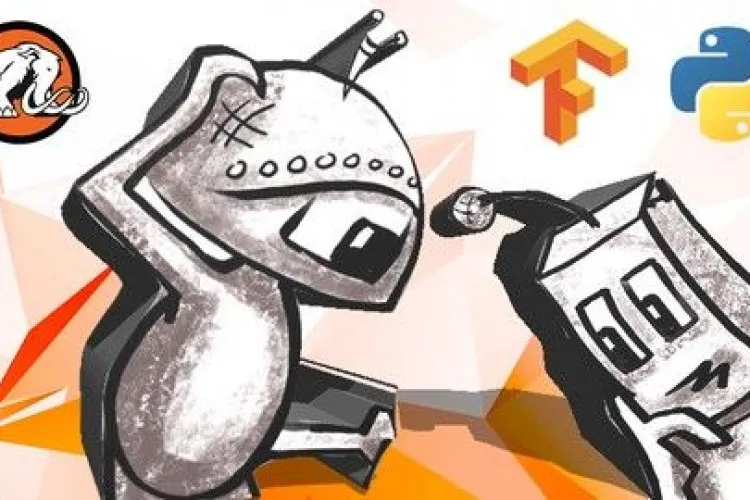TOP 10 Most Popular TensorFlow Courses
TOP 10 Most Popular TensorFlow Courses
TOP 10 Most Popular TensorFlow Courses
- 1. Complete Tensorflow 2 and Keras Deep Learning Bootcamp
- 2. Deep Learning :Adv. Computer Vision (object detection+more!)
- 3. Complete Guide to TensorFlow for Deep Learning with Python
- 4. Tensorflow 2.0: Deep Learning and Artificial Intelligence
- 5. Deep Learning with TensorFlow 2.0 [2021]
- 6. Neural Networks with Tensorflow
- 7. Modern Deep Learning in Python
- 8. A Complete Guide on TensorFlow 2.0 using Keras API
- 9. Deep Learning with TensorFlow
- 10. Predict fraud with data visualization & predictive modeling!
1. Complete Tensorflow 2 and Keras Deep Learning Bootcamp
2. Deep Learning :Adv. Computer Vision (object detection+more!)
Description
Latest update: I will show you both how to use a pretrained model and how to train one yourself with a custom dataset on Google Colab.
This course is a complete guide for setting up TensorFlow object detection api, Transfer learning and a lot more
I think what you’ll find is that, this course is so entirely different from the previous one, you will be impressed at just how much material we have to cover.
Here is the details about the project.
Here we will star from colab understating because that will help to use free GPU provided by google to train up our model.
We’re going to bridge the gap between the basic CNN architecture you already know and love, to modern, novel architectures such as ResNet, and Inception.
3. Complete Guide to TensorFlow for Deep Learning with Python
4. Tensorflow 2.0: Deep Learning and Artificial Intelligence
Description
Welcome to Tensorflow 2.0!
What an exciting time. It's been nearly 4 years since Tensorflow was released, and the library has evolved to its official second version.
Tensorflow is Google's library for deep learning and artificial intelligence.
Deep Learning has been responsible for some amazing achievements recently, such as:
-
Generating beautiful, photo-realistic images of people and things that never existed (GANs)
-
Beating world champions in the strategy game Go, and complex video games like CS:GO and Dota 2 (Deep Reinforcement Learning)
-
Self-driving cars (Computer Vision)
-
Speech recognition (e.g. Siri) and machine translation (Natural Language Processing)
-
Even creating videos of people doing and saying things they never did (DeepFakes - a potentially nefarious application of deep learning)
Tensorflow is the world's most popular library for deep learning, and it's built by Google, whose parent Alphabet recently became the most cash-rich company in the world (just a few days before I wrote this). It is the library of choice for many companies doing AI and machine learning.
5. Deep Learning with TensorFlow 2.0 [2021]
6. Neural Networks with Tensorflow
7. Modern Deep Learning in Python
Description
This course continues where my first course, Deep Learning in Python, left off. You already know how to build an artificial neural network in Python, and you have a plug-and-play script that you can use for TensorFlow. Neural networks are one of the staples of machine learning, and they are always a top contender in Kaggle contests. If you want to improve your skills with neural networks and deep learning, this is the course for you.
You already learned about backpropagation, but there were a lot of unanswered questions. How can you modify it to improve training speed? In this course you will learn about batch and stochastic gradient descent, two commonly used techniques that allow you to train on just a small sample of the data at each iteration, greatly speeding up training time.
You will also learn about momentum, which can be helpful for carrying you through local minima and prevent you from having to be too conservative with your learning rate. You will also learn about adaptive learning rate techniques like AdaGrad, RMSprop, and Adam which can also help speed up your training.
Because you already know about the fundamentals of neural networks, we are going to talk about more modern techniques, like dropout regularization and batch normalization, which we will implement in both TensorFlow and Theano. The course is constantly being updated and more advanced regularization techniques are coming in the near future.


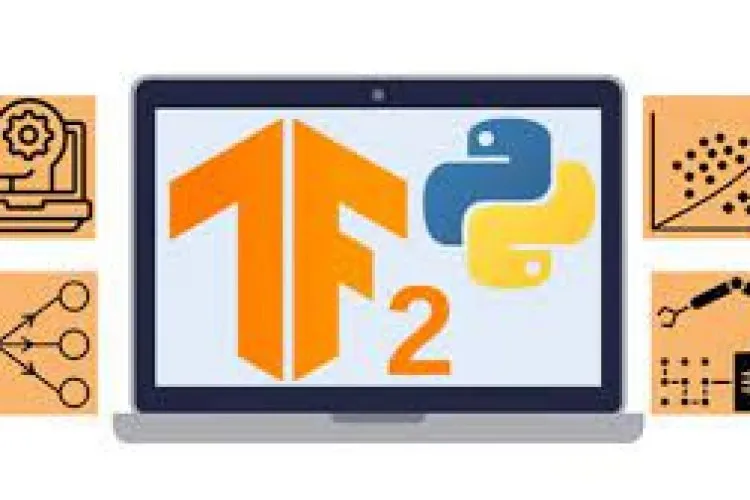

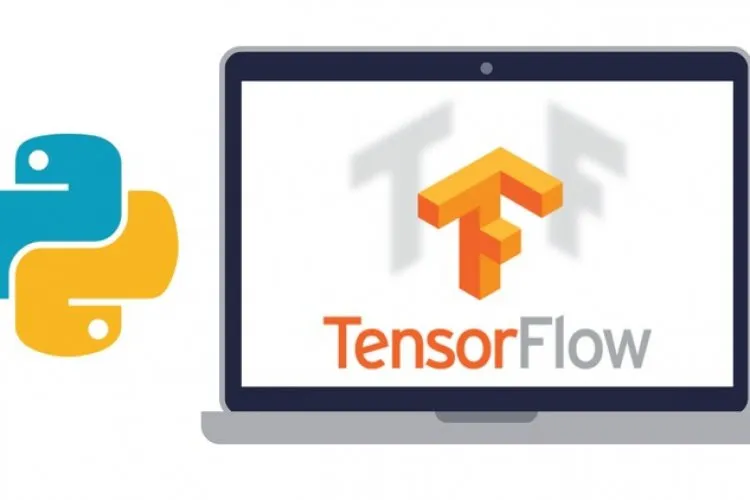

![Deep Learning with TensorFlow 2.0 [2021]](https://downloadfreecourse.com/uploads/images/2021/07/webp/image_750x500_6065a26410232.webp)

